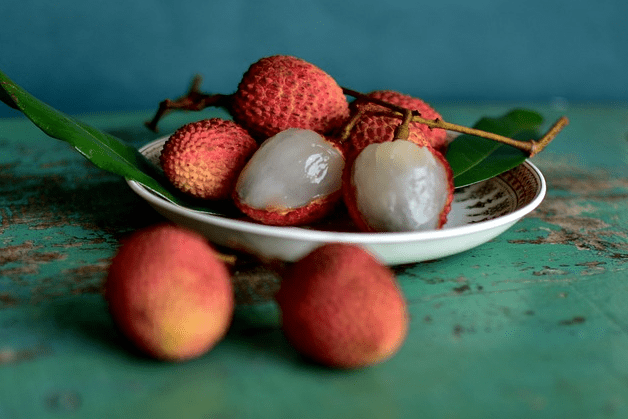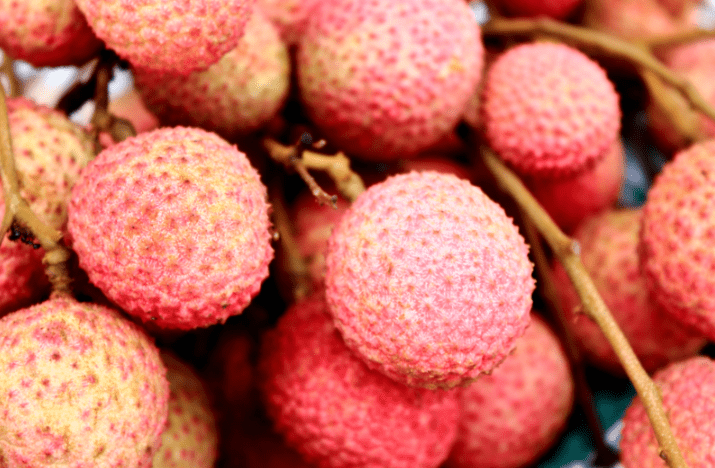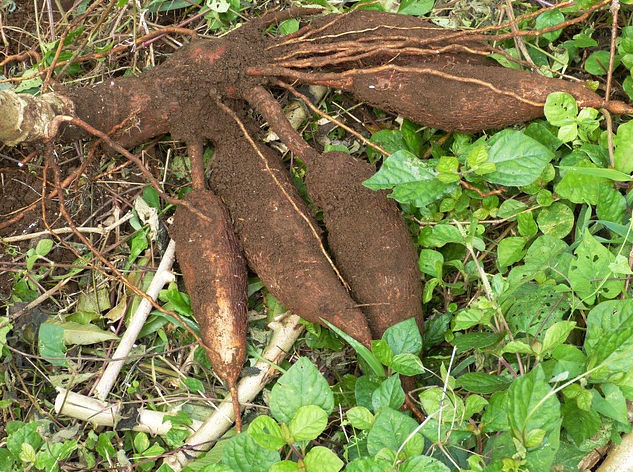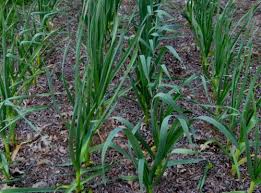There are many negative things to say about "globalization," but if you're looking for a positive aspect of a smaller and more accessible world, we can start with the lychee.
The journey of this fruit—from the 1970s, when Israelis rarely encountered it, usually in a dessert from a can at a Chinese restaurant, to the present day, where you can find fresh, locally grown organic lychees in June (though officially, the tree is supposed to ripen between July and October)—illustrates the beautiful side of globalization.
Generally speaking, lychees could have been a familiar sight here for thousands of years. They didn’t come from the New World but from Southeast Asia, much like the oranges that have been growing in the Levant for centuries.
However, that wasn't the case. While in China, lychees have been consumed since ancient times, and even today you can find wild edible varieties similar to the cultivated fruit we know, the first experimental plots in Israel were only established in the 1960s. It wasn’t until the end of the millennium that the fresh, natural fruit started gaining popularity (and even today, many Israelis look at it somewhat skeptically).

There is evidence that the plant was cultivated in Southeast Asia as early as the second millennium BCE. A surviving manual from 1029 CE documents cultivated lychee varieties in Malaysia.
Surprisingly, lychees reached the New World before arriving here, thanks to 18th-century international trade. While this might sound like a story of progress, it's important to remember that this new global economic order relied heavily on the Caribbean colonies, which transformed massive plantations for sugar, cotton, tobacco to lychee plantations. In 1775 lychees began growing in the British colony of Jamaica.
The less pleasant part of this story is that the plantation economy relied on slaves who were worked under harsh conditions—often to death.
Slavery in the Caribbean ended in the 19th century, but lychees remained a popular crop in the New World. As mentioned, there was no real reason not to grow lychees in Israel, it was that no one was familiar with them until the first Chinese restaurants opened here (which were actually opened by Vietnamese refugees who arrived to Israel in the 1970s). Israelis were previously exposed to the canned version of the fruit, and from this point, the demand for fresh lychees grew quickly.

It took several good years to find the right varieties for cultivation in Israel, and eventually, the varieties that adapted were mainly those developed in Mauritius.
That's not a bad thing. In fact, the most frustrating aspect of lychees is that the ratio between the wonderful pink pulp to the large brown pit (which contains a cyanide family compound) is small. In the Mauritius varieties, the pit is smaller, providing more of the sweet, coveted fruit flesh.
There is full and complete consensus that lychees taste wonderful—sweet but not overly so, with a rose aroma enveloping each bite. In short, highly recommended.








